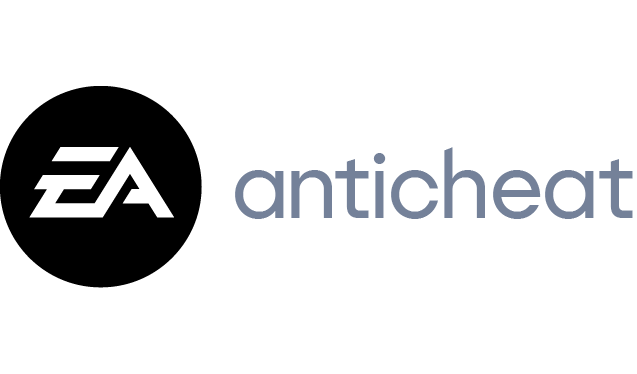NASA is Taking Suggestions for Raising Swift’s Orbit
Launched in 2004, the Neil Gehrels Swift Observatory – formerly the Swift Gamma-Ray Burst Explorer – has been dutifully studying gamma-ray bursts (GRBs) during its two-year mission, before moving on to a more general space observation role during its ongoing mission. Unfortunately, the observatory is in LEO, at an altitude of around 370 km. The natural orbital decay combined with increased solar activity now threatens to end Swift’s mission, unless NASA can find someone who can boost its orbit.
Using Swift as a testbed for commercial orbit-boosting technologies, NASA is working with a number of companies to investigate options. One of these is the SSPICY demonstration of in-orbit inspection technology by Starfish Space that’s part of an existing Phase III program.
Although currently no option has been selected and Swift is still at risk of re-entering Earth’s atmosphere within the near future, there seems to be at least a glimmer of hope that this process can be reverted, and a perfectly fine triple-telescope space observatory can keep doing science for many years to come. Along the way it may also provide a blueprint for how to do the same with other LEO assets that are at risk of meeting a fiery demise.



